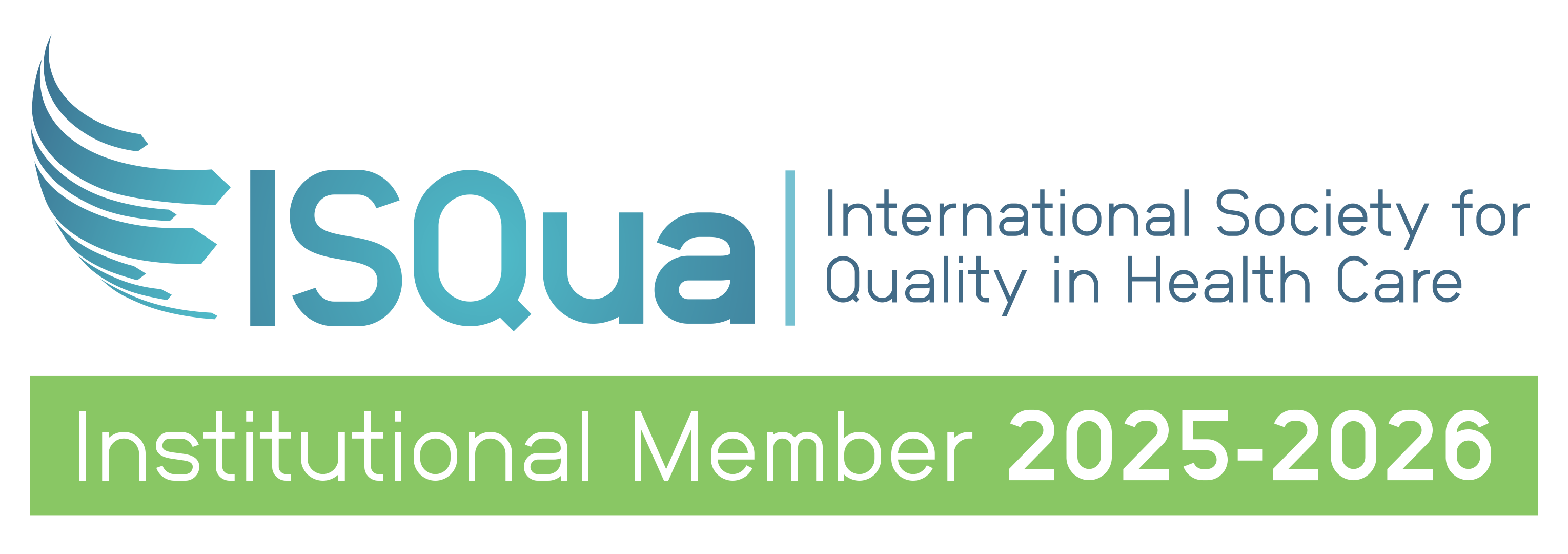
Australasian Clinical Indicator Report 2012-2019
Australasian Clinical Indicator Report for 2012 – 2019.
A new data report shows that Australian health care continues to improve across a range of clinical areas – but recent ‘trends’ in deteriorations in both maternity and mental health indicators may now have become ongoing trends.
The continued increase over the last few years in manipulation during birth and also in a higher physical restraint rate for mental health patients indicate these may have become an emerging trend in health care provision.
The latest healthcare trends across 20 sets of key clinical indicators have been reported in the new Australasian Clinical Indicator Report 2012 – 2019 (21st edition), or ‘the ACIR’, published by the Australian Council on Healthcare Standards (ACHS).
As Australia’s most statistically-detailed, national report on the performance of 633 healthcare organisations (HCOs) the ACIR covers an eight-year period and gives a comprehensive statistical overview of the results for each clinical indicator set. This assists HCOs to determine their own level of performance within a national context.
The ACIR remains the most enduring clinical indicator set in the world, consistently capturing data and measured trends over 27 years.
Key improvements:
- In 2019, 114 clinical indicators showed statistically significant positive trends. Eight sets had an improvement in the majority of all indicators in that set. Improvements were noted in Anaesthesia and Perioperative Care, Day Patient, Emergency Medicine, Gynaecology, Hospital in the Home, Hospital-Wide, Infection Control and Intensive Care. Significant improvements:
- A reduction in adverse events in day procedure centres approximately halving since 2013 to 2019.
- A reduction in the number of inpatients who develop one or more pressure injuries, has declined significantly since 2015 to approximately four per 10,000 bed days
- A decline in the rate of significant adverse events from blood transfusion declining from 0.19 to 0.11 per 100 transfusions.
Notable deteriorations where the potential to make improvements exist:
- In 2019, 15 clinical indicators showed statistically significant undesirable trends. Significant deteriorations are:
- Infection Control – the rate of patients having blood-stream infections while on haemodialysis with arteriovenous-fistula access has increased by 32% since 2012.
- Maternity – the rate of induction of labour for women giving birth for the first time increased from 30 to 45.6% of births.
- Mental Health – physical restraint continues to increase nearly threefold from 1.9 to 5.7 per 100 completed episodes, a change of 3.8 between 2012 and 2019.
ACHS President, Professor Len Notaras AM said that the value of the report grows as the overall data increases cumulatively, especially from clinicians who make decisions on the results. “This is a valuable asset that assists in enhancing quality improvements in healthcare by building a clear understanding of where improvements as well as deteriorations are occurring”, he said.
“With nearly 26,000 data submissions included there is no other comparable dataset in the world which has the same statistical depth to it.”
Contact: Ian McManus, Communications Manager on (02) 8218 2743 or 04111 59951 for more information.

